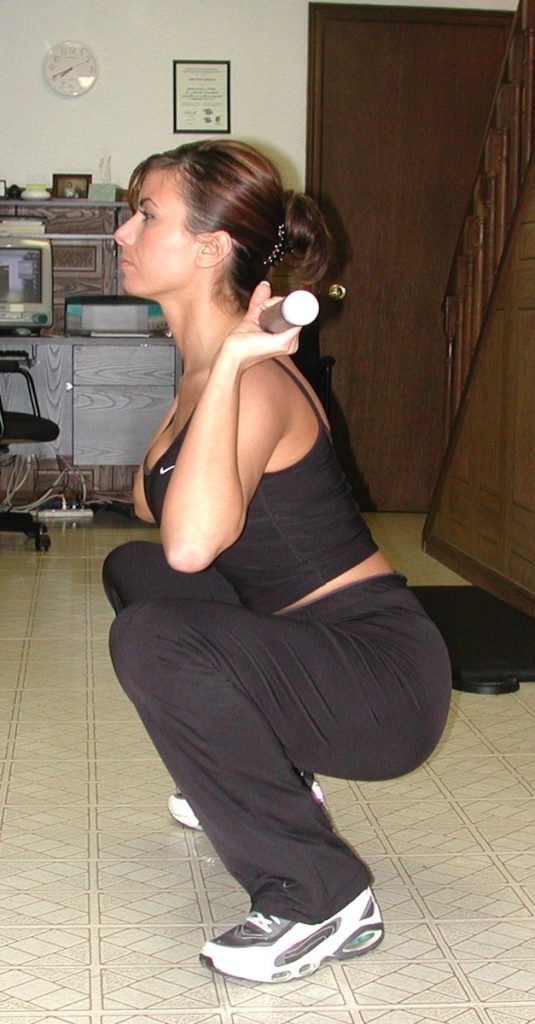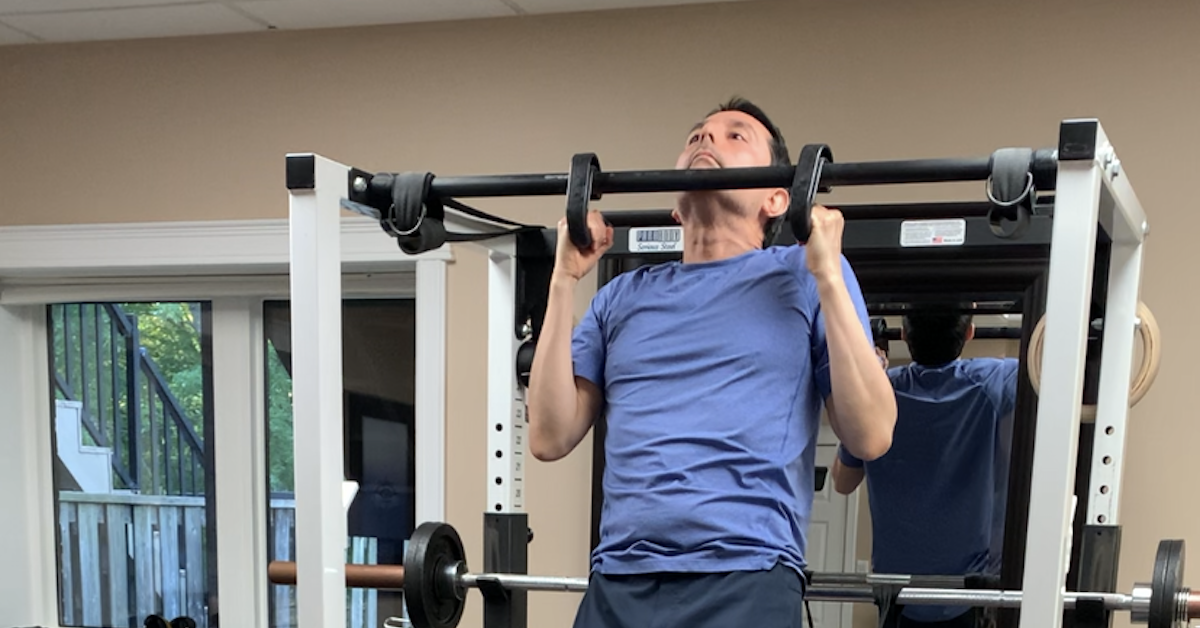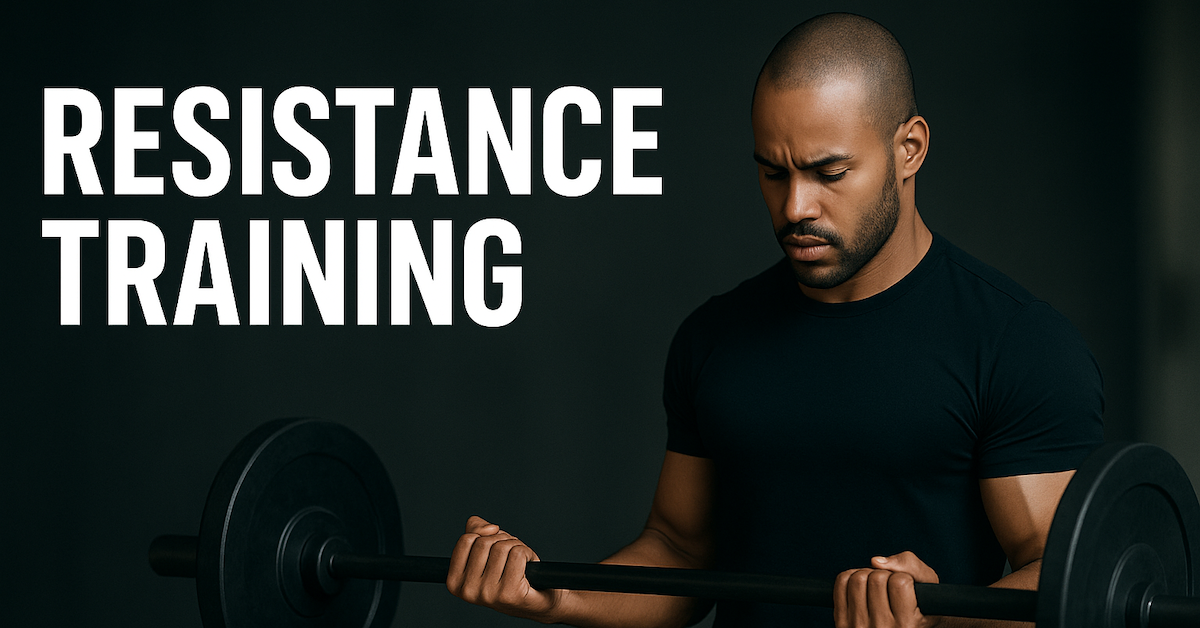Many strength coaches like myself preach quality over quantity. It’s not how much you do—it’s how you do it! Squats are no exception.
When it comes to squats, a full range of motion with less weight often trumps a partial range of motion with more weight. Remember: work equals force times distance. You can increase the amount of work performed simply by going a greater distance. Those who full squat regularly can always do half squats with decent weight—but the opposite is not true. As Tom Platz famously said, “Half squats equals half legs!”
What Is a Full Squat?
To perform a full squat, bend the knees first (not the hips), ensure the knees track over the middle toes (and yes, it’s okay for the knees to pass the toes—here’s why), keep the back flat and the torso as upright as possible, and go deep.
How deep? Think: ass to grass… butt to heels… hamstrings draping over calves… leave a stain on the floor. That deep!
This is what it should look like:
Go Light to go Deep
Everyone should be able to do a full squat, right? Well, not everyone has the ideal anatomical structure—or so we’re told. If you’re one of those “unlucky” folks, I’ve got good news for you.
When a light load is used—like a broomstick or dowel rod—a full range of motion can often be achieved. And if it’s still a challenge, try using a slightly wider stance (just outside shoulder-width with toes turned out a bit), extend your arms straight in front of you, and give it another go.
Go ahead, try it… I’ll wait.
I bet you went pretty deep—deeper than you thought you could!
The issue isn’t flexibility—it’s strength. It’s not that you can’t get down into a full squat position… it’s that you can’t get up from it! Of course, addressing any tight muscles involved in the squat will help (see page 65 of The Elite Trainer), but strengthening from the bottom up is key—and to do that, you need to go light.


The “Bottom” Line
If you can only do quarter or half squats with a loaded bar, try using an empty bar or even a dowel rod and see what happens. You might be able to go all the way down. If that’s the case, start from there and gradually build back up.
For athletes, here’s a great squat progression from Alan Bishop that you can implement.

The Elite Trainer: Strength Training for the Serious Professional
The Elite Trainer is the go-to resource for strength coaches, personal trainers, and serious lifters who want to master program design. Covering everything from sets and reps to tempo, rest, and periodization, this book gives you the tools to create individualized programs that deliver results. Packed with proven methods, expert insights, and over 100 exercise illustrations, it’s a must-have reference for anyone serious about strength training.

From Zero to Two: Leo’s Chin-Up Breakthrough
When Leo began training with me in September 2024, our first goal was to improve body composition — lose fat,

Resistance Training Foundations: How to Progress Safely and Build Real Strength
Resistance training isn’t just for bodybuilders. Whether you’re just starting out, returning after a break, or training for performance, knowing

Neck Extensions Before Arm Curls: Unlock More Strength
When most people warm up for arm curls, they’ll hit a few light sets or maybe stretch out a bit.
follow
Error: No feed with the ID 2 found.
Please go to the Instagram Feed settings page to create a feed.
